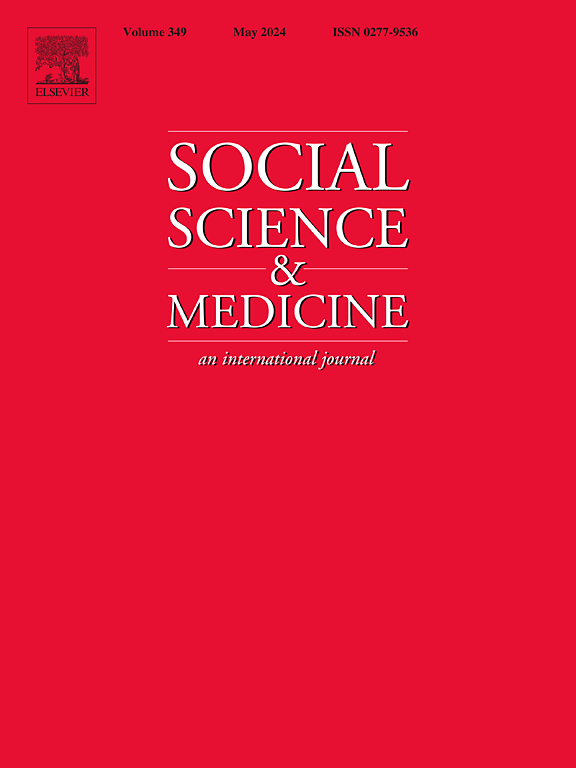“I get to relate to my patients”: Latinx medical students and residents’ navigational capital in medical education
IF 4.9
2区 医学
Q1 PUBLIC, ENVIRONMENTAL & OCCUPATIONAL HEALTH
引用次数: 0
Abstract
While the U.S. Latinx population has rapidly increased in the past 30 years, the number of Latinx physicians has not kept pace. Latinx students are often motivated to pursue medicine to serve those in their communities, which benefits Latinx community health outcomes through patient-clinician cultural and linguistic concordance. However, significant barriers often prevent Latinx people from successfully navigating the transition to and through medical school. This study utilized a qualitative, constructivist approach to investigate the transition to and through medical school and residency to further understand and prevent leakages for aspiring Latinx physicians. Using an assets-based framework of Community Cultural Wealth (CCW), we specifically explored navigational capital, to understand how Latinx learners navigate belonging in medicine. Through semi-structured interviews with 20 Latinx medical students and 14 residents, we found that learners understood and created belonging by navigating help-seeking and the imposter phenomenon through their respective pathways in medicine. Findings from this study may be used to develop support systems and resources to reduce the structural inequalities, barriers, and challenges Latinx students and future physicians encounter through medical education pathways.
“我和我的病人有关系”:拉丁裔医科学生和住院医生在医学教育中的导航资本
虽然美国的拉丁裔人口在过去30年里迅速增加,但拉丁裔医生的数量却没有跟上。拉丁裔学生往往有动力去追求医学,为他们社区的人服务,这有利于拉丁裔社区的健康结果,通过患者-临床医生的文化和语言的一致性。然而,重大障碍往往阻止拉丁裔人成功地过渡到医学院并通过医学院。本研究采用定性的、建构主义的方法来调查医学院和住院医师的过渡,以进一步了解和防止有抱负的拉丁裔医生的泄漏。使用基于资产的社区文化财富(CCW)框架,我们专门探索了导航资本,以了解拉丁学习者如何在医学中导航归属。通过对20名拉丁裔医学生和14名住院医师的半结构化访谈,我们发现学习者通过各自的医学路径导航寻求帮助和冒名顶替现象来理解和创造归属感。本研究结果可用于开发支持系统和资源,以减少拉丁裔学生和未来医生在医学教育过程中遇到的结构性不平等、障碍和挑战。
本文章由计算机程序翻译,如有差异,请以英文原文为准。
求助全文
约1分钟内获得全文
求助全文
来源期刊

Social Science & Medicine
PUBLIC, ENVIRONMENTAL & OCCUPATIONAL HEALTH-
CiteScore
9.10
自引率
5.60%
发文量
762
审稿时长
38 days
期刊介绍:
Social Science & Medicine provides an international and interdisciplinary forum for the dissemination of social science research on health. We publish original research articles (both empirical and theoretical), reviews, position papers and commentaries on health issues, to inform current research, policy and practice in all areas of common interest to social scientists, health practitioners, and policy makers. The journal publishes material relevant to any aspect of health from a wide range of social science disciplines (anthropology, economics, epidemiology, geography, policy, psychology, and sociology), and material relevant to the social sciences from any of the professions concerned with physical and mental health, health care, clinical practice, and health policy and organization. We encourage material which is of general interest to an international readership.
 求助内容:
求助内容: 应助结果提醒方式:
应助结果提醒方式:


